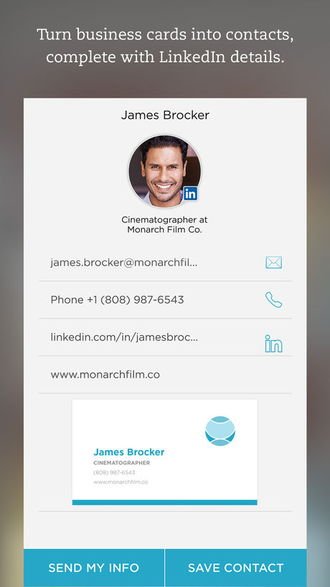

If I got to a homeowners meeting and they hand out an agenda, or other documents, I use Scannable to quickly capture them, and then give the originals back. Since I started using Scannable, I no longer have to bring documents home with me. Easily annotated my scanned documents without having to first go home and scan them.Ĭutting down on the amount of scanning I do at home.

Have instant, searchable access to documents I scan using Scannable.Capture documents I might not otherwise have been able to capture easily.Cut down on the amount of scanning I do at home.Scannable has made it possible for me to: Doing this, I am prompted for which notebook I want the documents to be filed in:Ī few seconds later, my scanned document is available in Evernote. When I finish my scanning, I send the document or documents to Evernote. Once detected, you can continue to scan more documents, or deal with the ones you’ve already scanned. Note how the document below is highlighted and detected even on the edge of my table. When the document is highlighted in blue, it means Scannable has detected it and automatically grabs the image. Then you hold your device over the document you want to scan, and wait a second or two. It cleans up the image, makes sure the edges are straight, and then gives you the opportunity to send the document to Evernote or other applications. You simply start the app, hold the device over the document so that the entire document appears, and wait a few seconds while Scannable detects the edges, and snaps a photo. Not only was it designed to do one thing really well–namely, scan documents–but it filled a niche that I found I needed more and more in my efforts to go paperless.įor those who aren’t familiar with the app, Scannable uses the camera in your iPhone or iPad 1 to scan documents into Evernote (or other apps). So when Evernote recently released their new app, Scannable, I was eager to try it out. I keep my eye out for apps that can help save me time and be more productive.


 0 kommentar(er)
0 kommentar(er)
